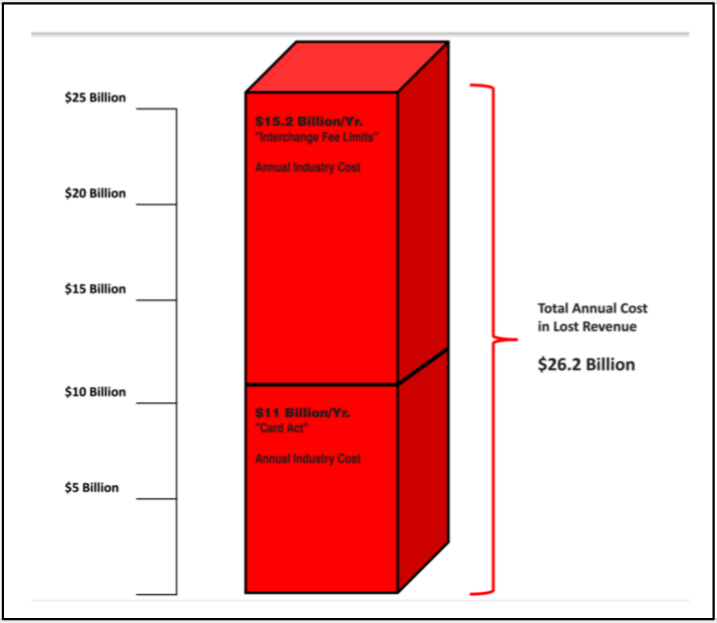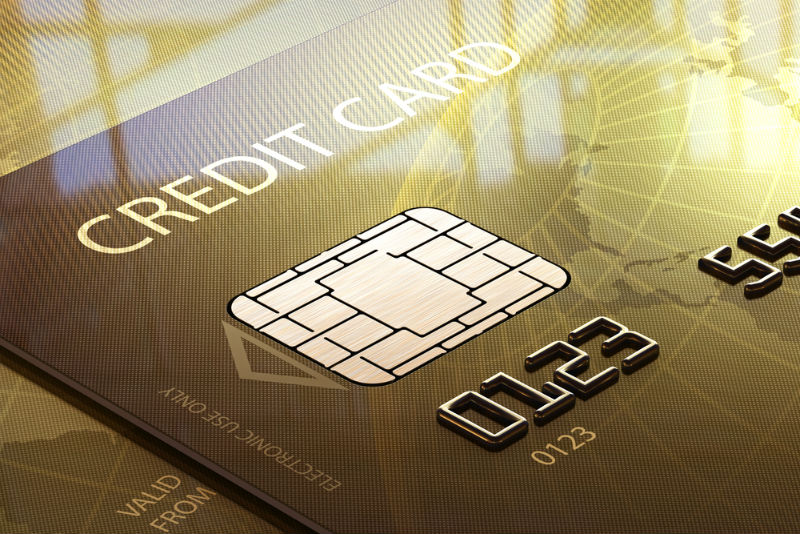How one chooses to deal with bad news, tells a lot about the integrity of people running the organization. As a credit card expert witness RK Hammer can assist with the litigation. “Running and hiding” in the hope it will all just go away is never good PR strategy.
We’ve seen some business owners and politicians try to hide the bad news, delay the updates, to their ruination. Coming clean with bad news is important and necessary. To hide from the truth brings out damage to your cause, often greater than the initial crisis itself. The crisis won’t get you; the lying about it will. Ask those former politicians who used to be important. Their example shows us what not to do.
First, face the facts, damaging as they may seem. Then, ask yourself what is the worst that could possibly happen as a result of the crisis. Next, probe for corrective measures which could make a repeat of the problem far less possible. Confide in trusted advisors such as credit card expert witness RK Hammer who may have insight in how to get out in front with responsible damage control. If someone gives you good – but painful – advice, take it.
Then, be prepared to explain all of the above to the public and what you are doing about it now, and how the problem arose in the first place. Give them a timetable for new updates, and who in the organization the press and others may contact for news on the matter going forward. There is no magic bullet for dealing with very bad news, except to look at recent history as to how not to do so.
Credit Card Expert Witness
The news cycle rumor mill will be chasing you for a full disclosure. So, give it all to them in advance – thus, give them nowhere to go for further bad news. Reread this paragraph again, it’s that important.
Many companies and politicians come out of these situations even stronger for their forthright truthfulness. Others, as we have sadly witnesses have stonewalled to this very day with things they should have divulged months or even years earlier. Whatever you do in damage control mode, don’t stonewall, run or hide from the facts, hoping against hope that the people will become numb to the issue and just go away. Never works like that, though. Never will. Half-truths are half-false.
You can’t just rope yourself off from the press to avoid having to answer tough questions as you stroll down the street. You end up looking foolish and inept and insecure, and it really doesn’t accomplish anything meaningful. Incompetence, insecurity, and lack of integrity usually becomes well known to all soon enough. As Ali-Foreman showed us, the phrase “Rope a Dope” comes to mind.
Everyone goes through crises during their careers – some minor and fleeting, and others life changing and forever forging your character, such as it is. If you look yourself in the mirror in the heat of the crisis as it unfolds and still choose to delay, delay, delay with getting the true facts out because you may be too insecure within yourself to do otherwise, well then you may end up like those other sad sacks who chose the same disingenuous way of dealing with bad news. Continuously hiding the truth.
The real battles for those who do this will have only just begun. Don’t do it. Learn from those weak others who chose the easy way out with what not to do. Quick! Those ringing sounds you may hear is FOX News on line 1 and CNN on line 2, both calling for an immediate and full comment. Better take the calls.






